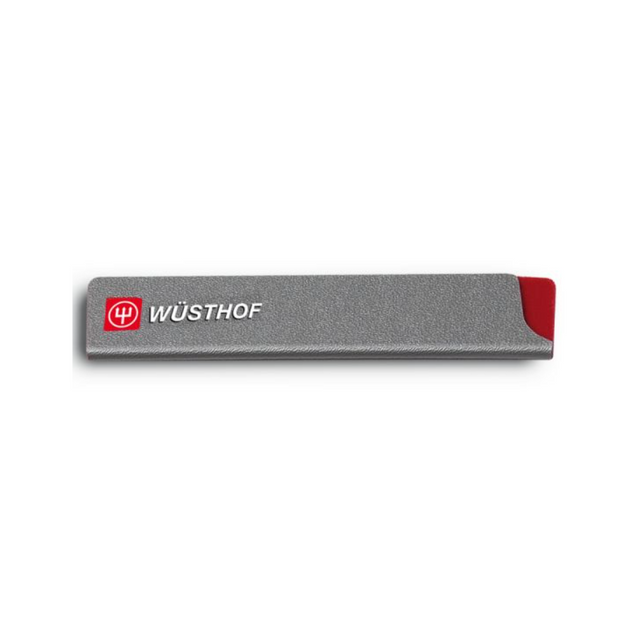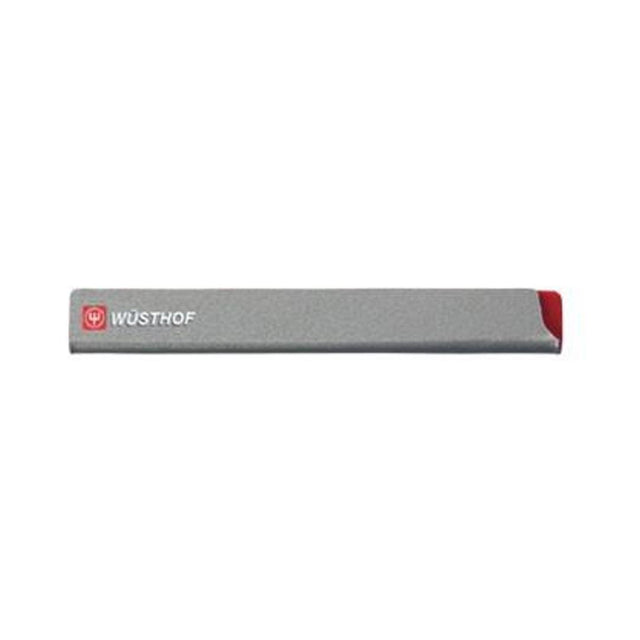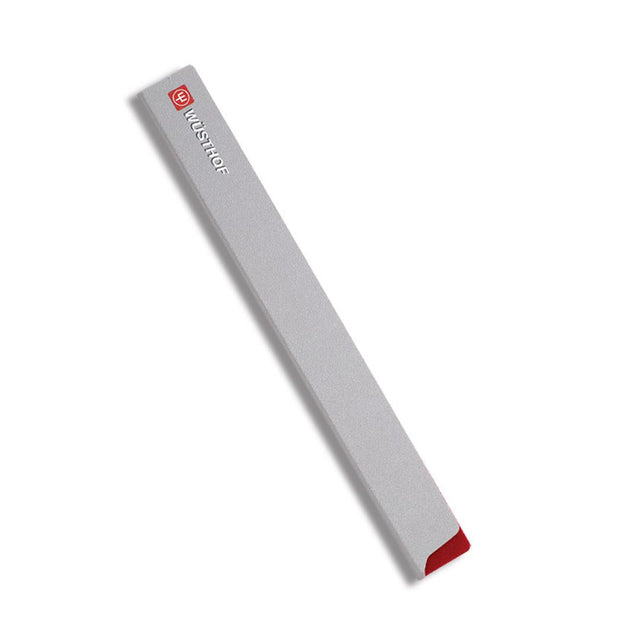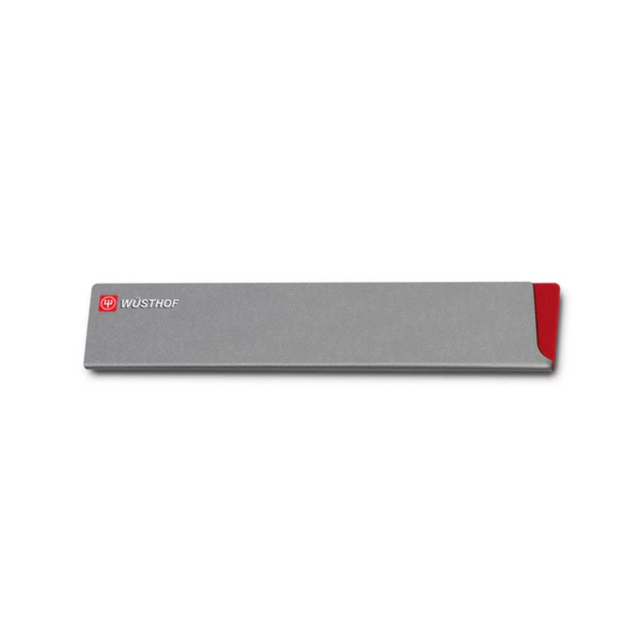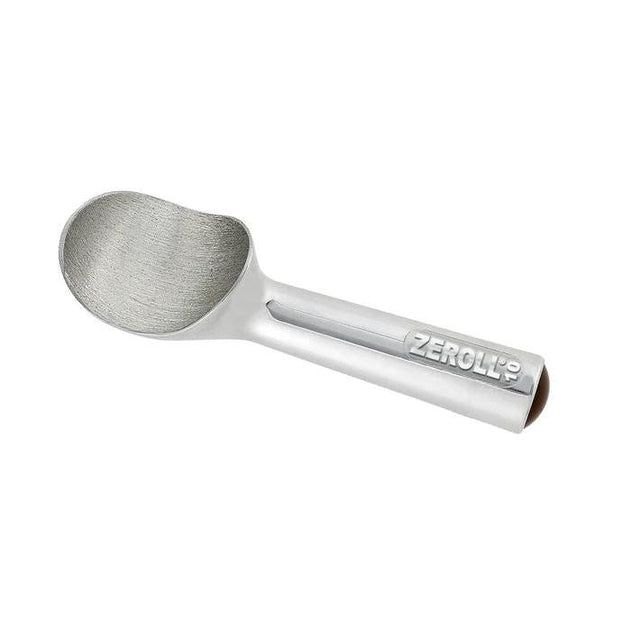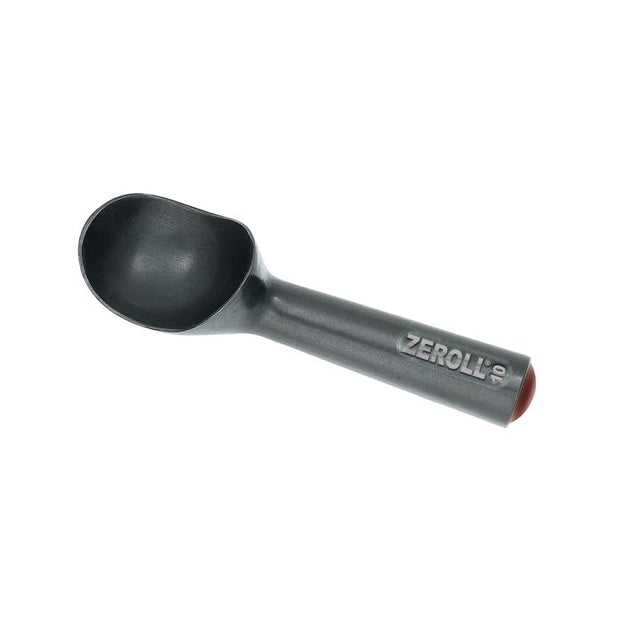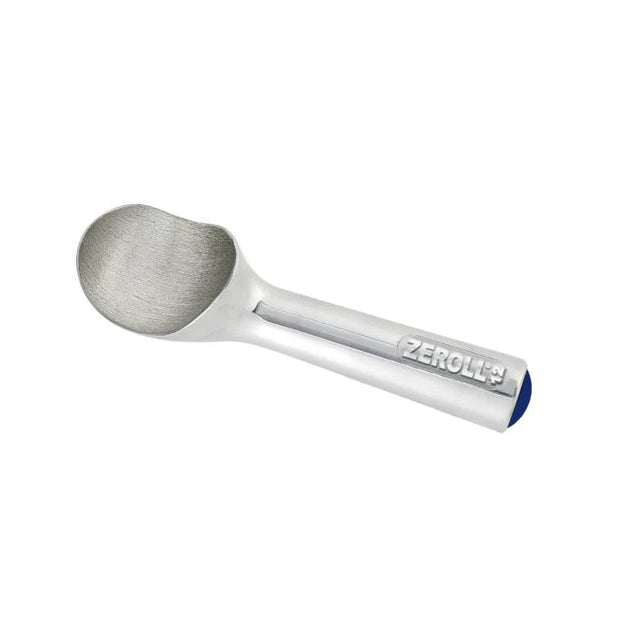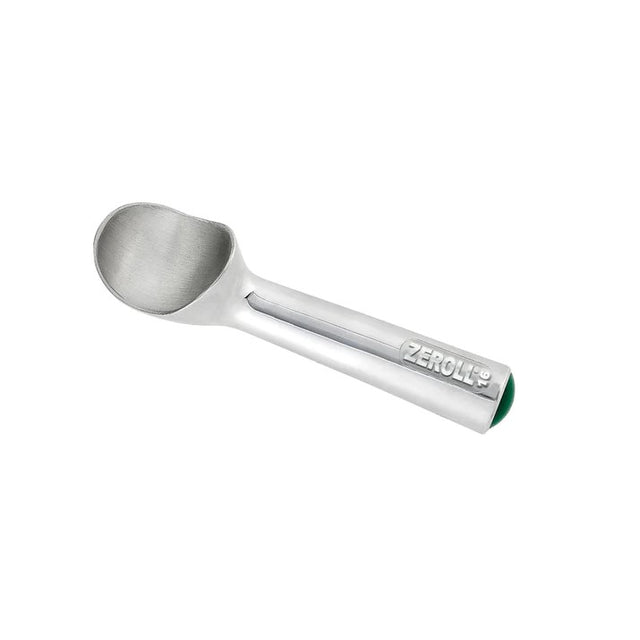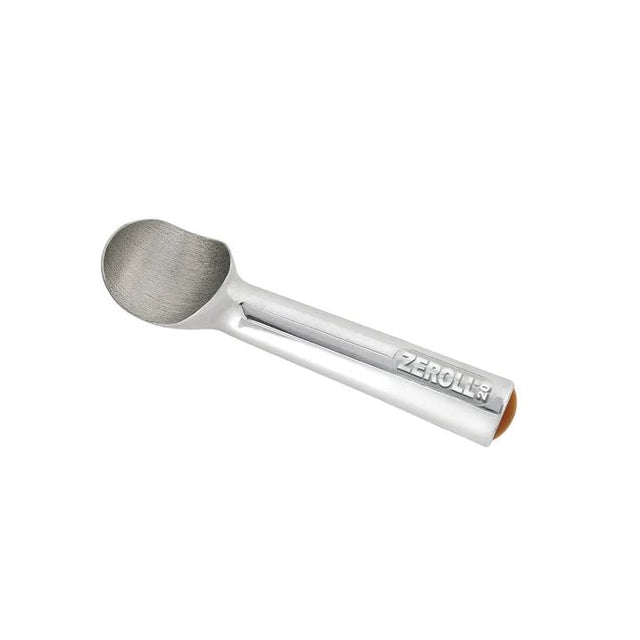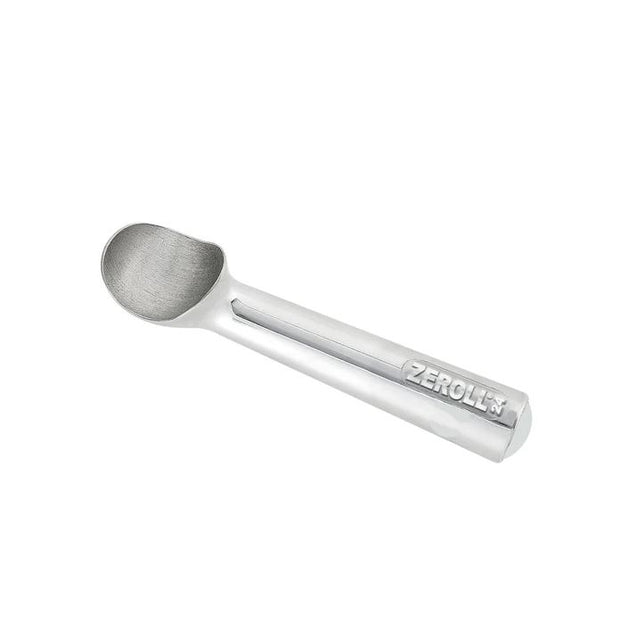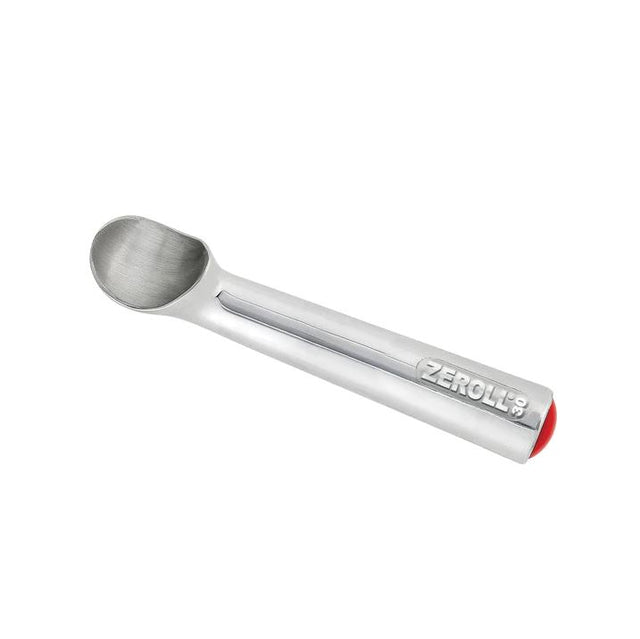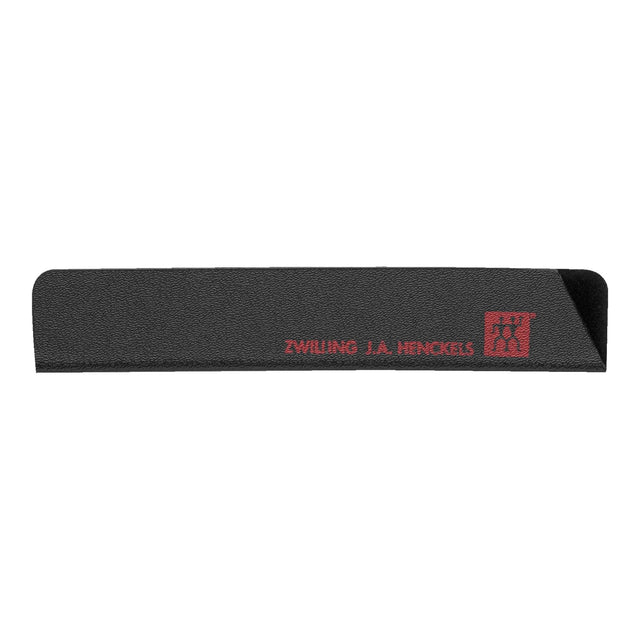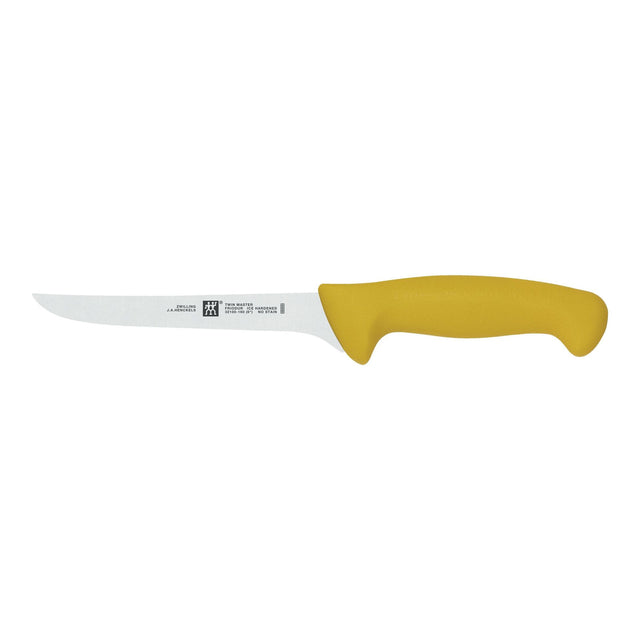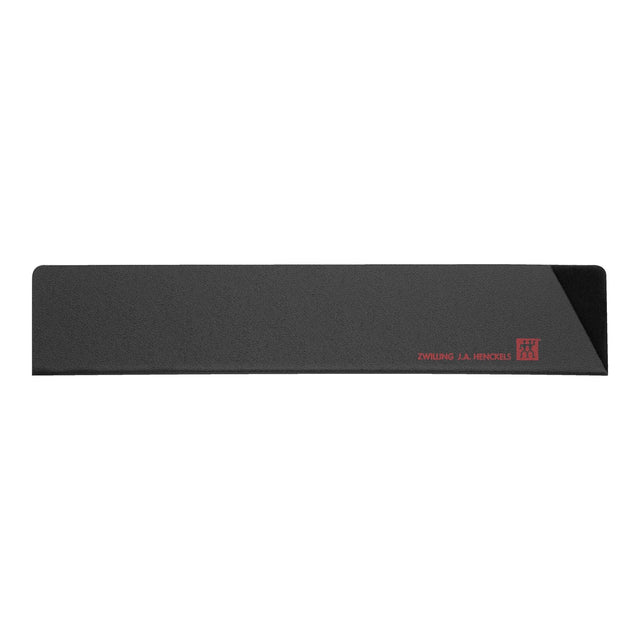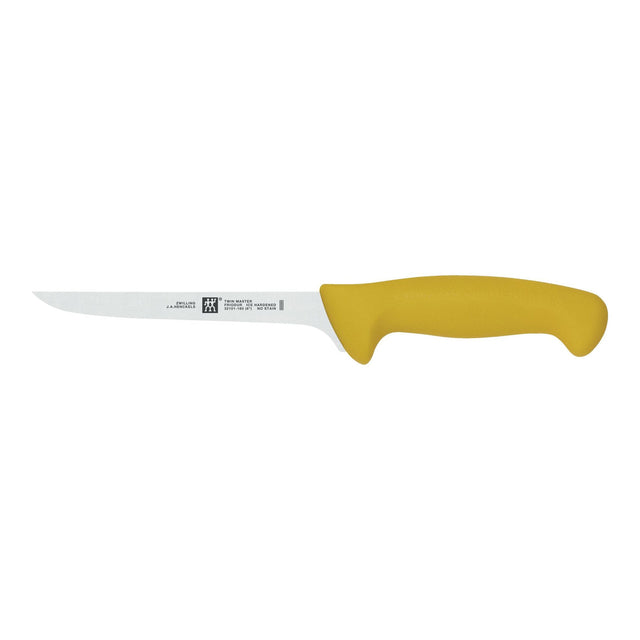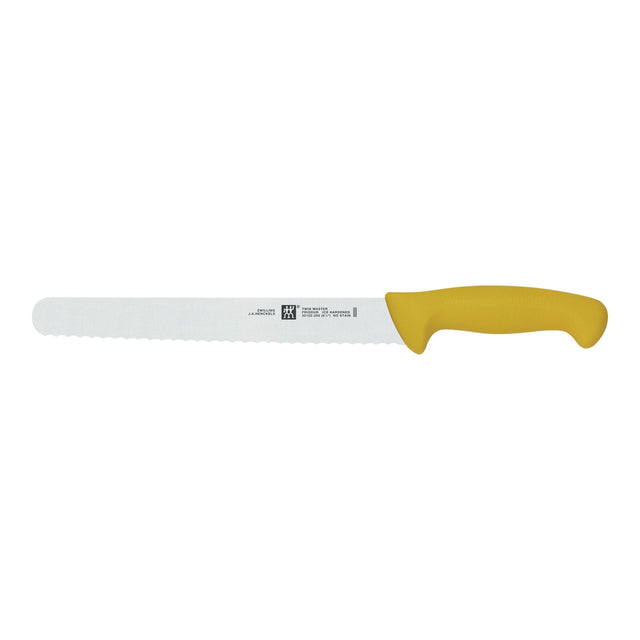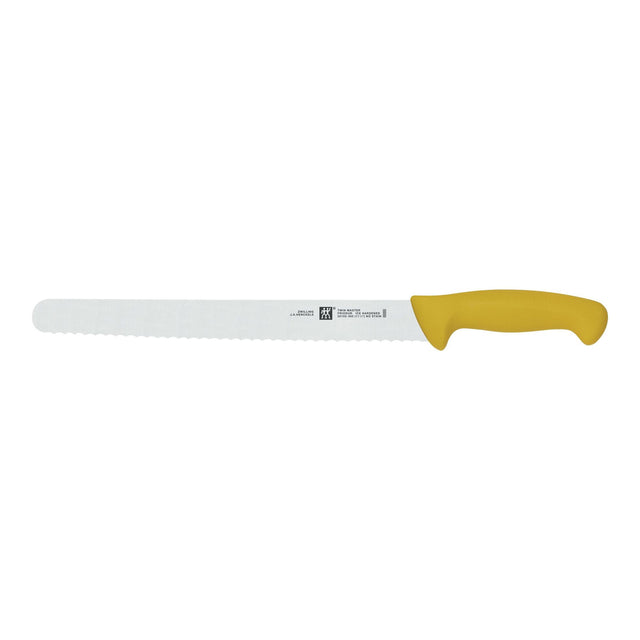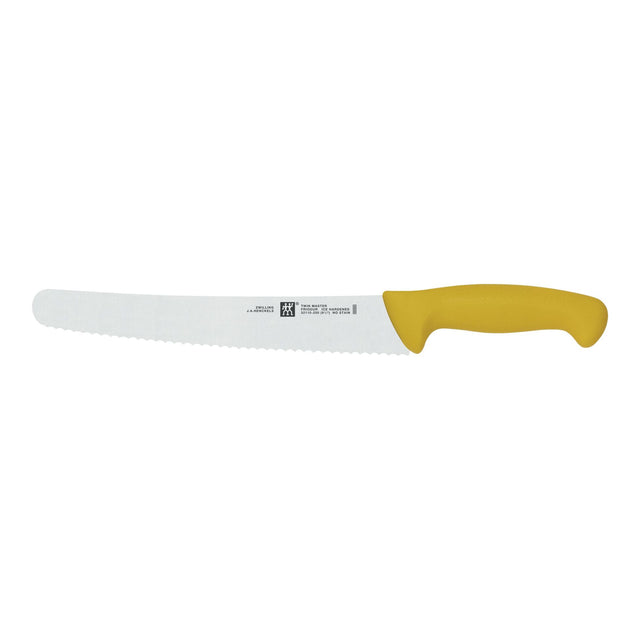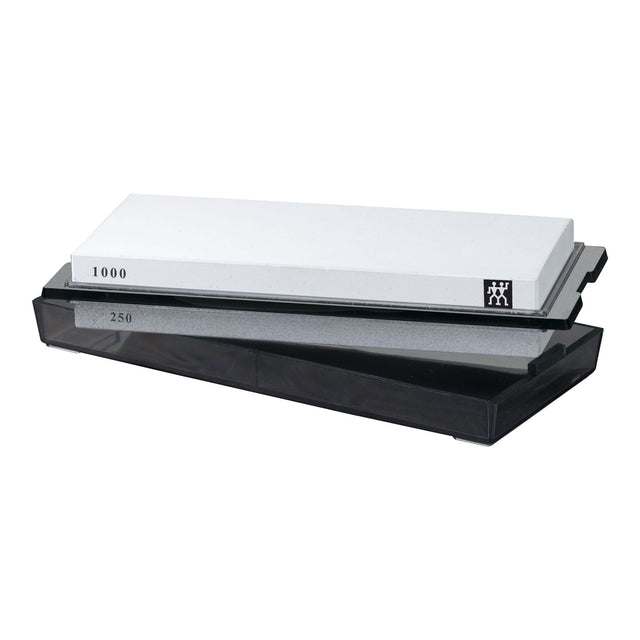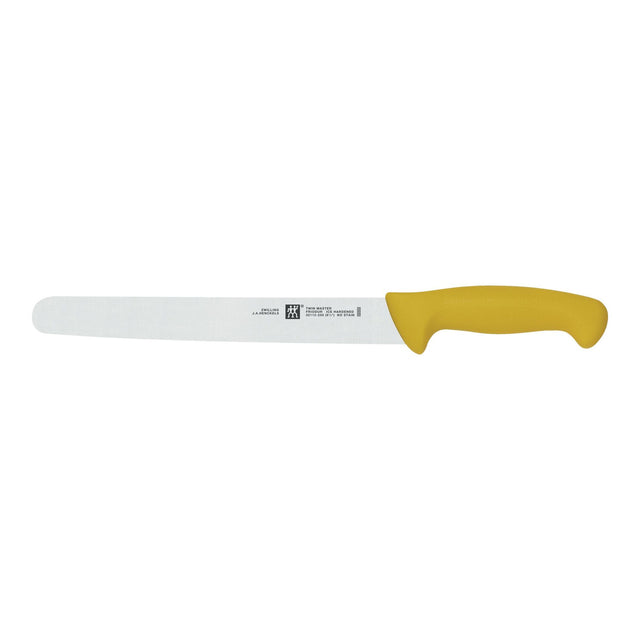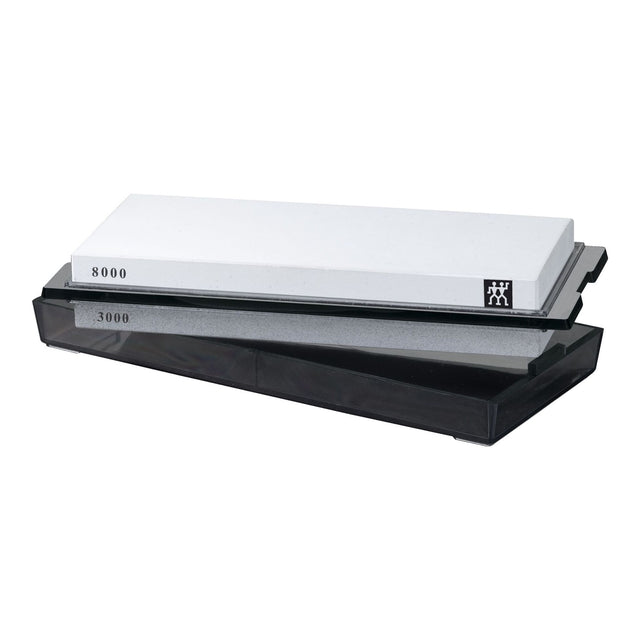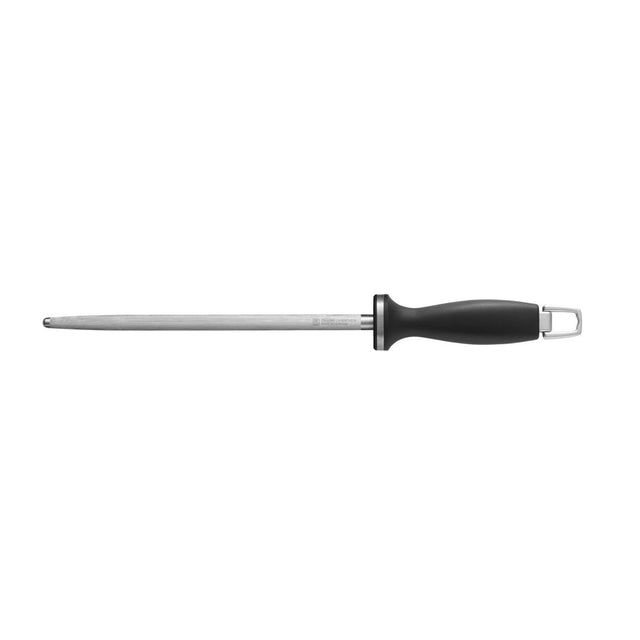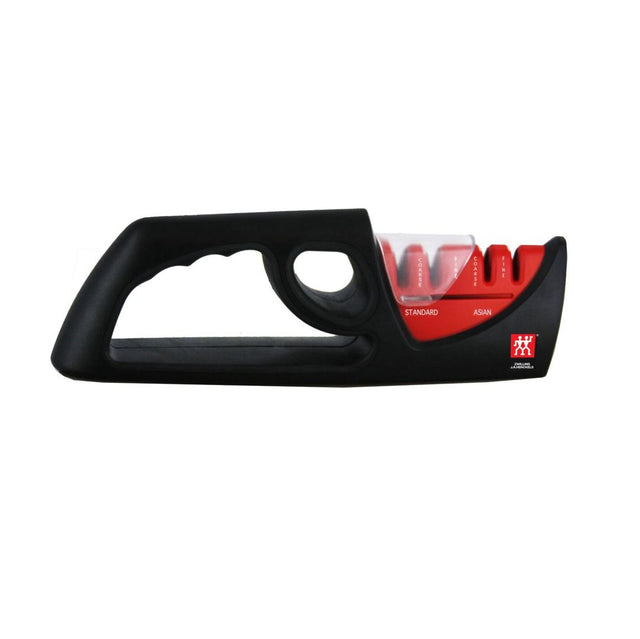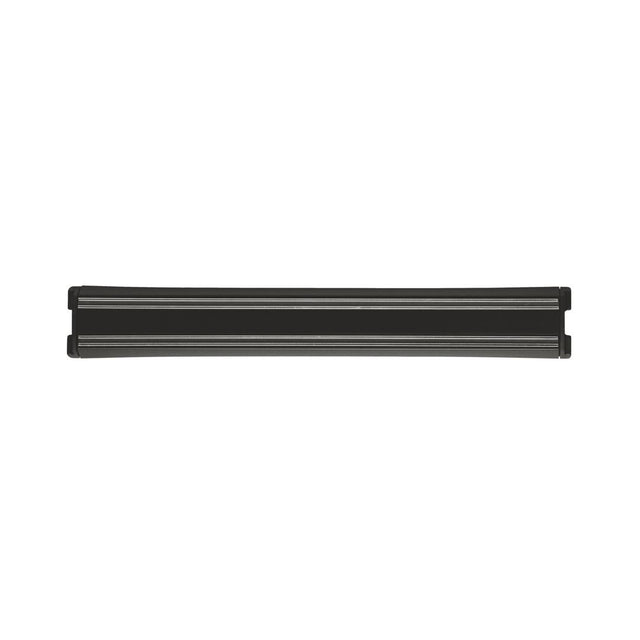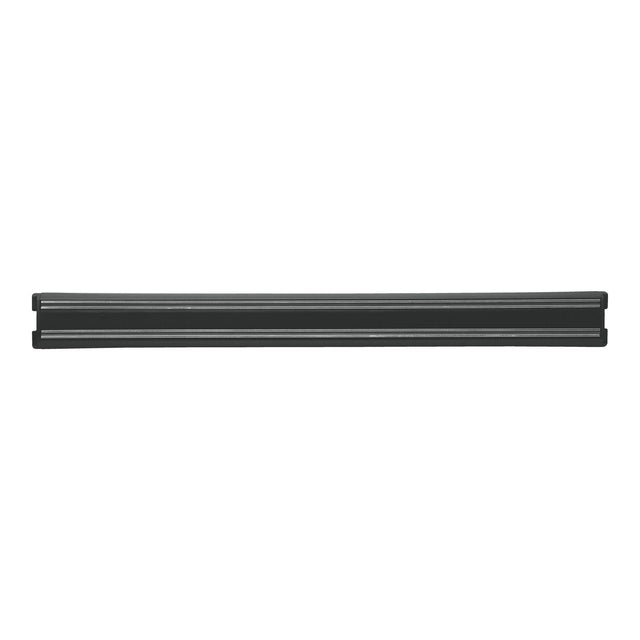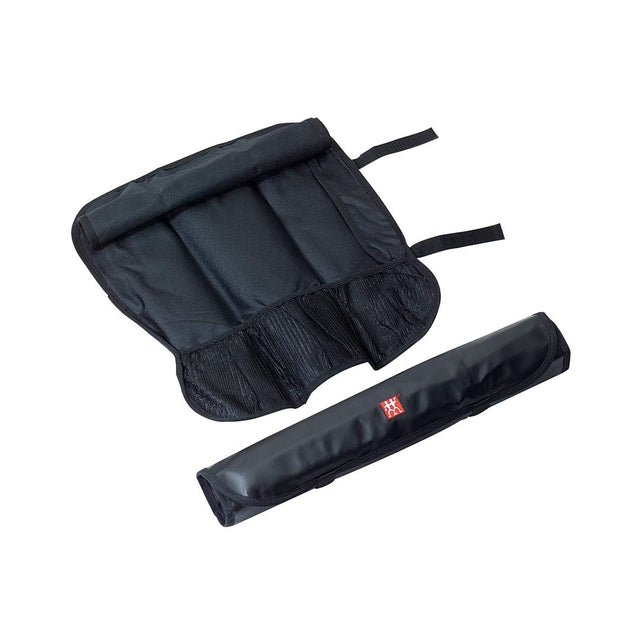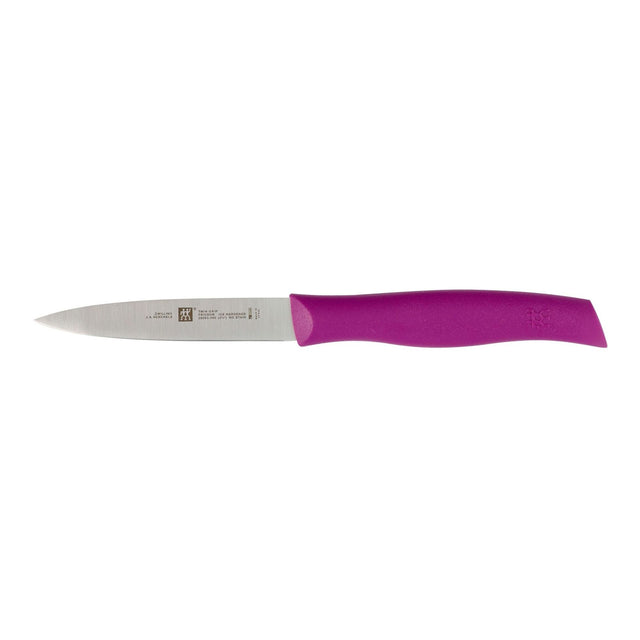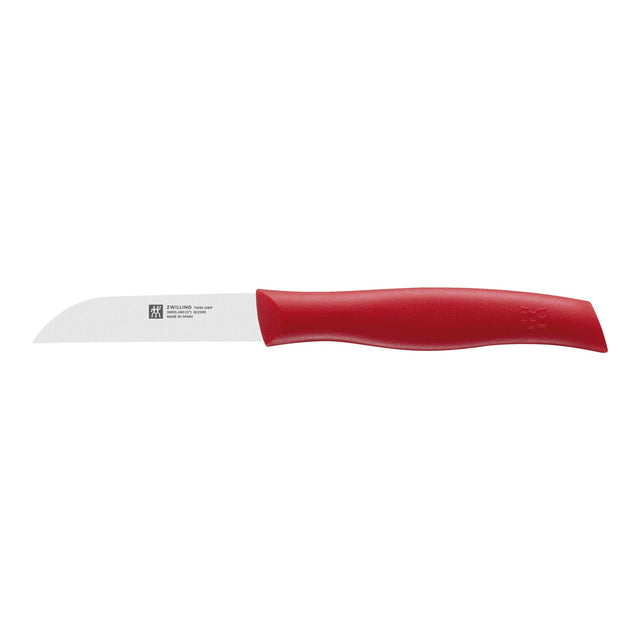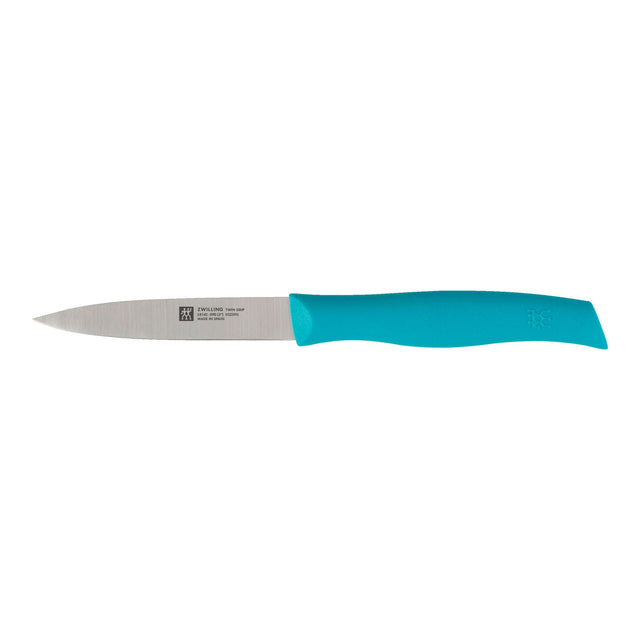Welcome to our DIY kitchen! Today, we're making fresh, creamy almond milk. It’s a delicious, dairy-free alternative to store-bought versions, and it’s surprisingly easy to make at home. Let’s get started!
Ingredients
-
1 cup raw almonds
-
3-4 cups water (for soaking and blending)
-
1-2 tablespoons sweetener (maple syrup, honey, or agave), optional
-
1 teaspoon vanilla extract, optional
-
Pinch of salt
Instructions
-
Soak Almonds: Place the almonds in a bowl and cover them with 2-3 cups of water. Soak overnight or for at least 8 hours to soften.
-
Drain and Rinse: Drain and rinse the almonds thoroughly after soaking.
-
Blend Almonds: In a blender, combine the soaked almonds with 3 cups of fresh water. Blend on high for 2-3 minutes until the almonds are finely ground and the mixture looks milky.
-
Strain Almond Milk: Place a nut milk bag, cheesecloth, or fine mesh strainer over a bowl. Pour the almond mixture through to strain out the almond pulp. Squeeze or press to extract as much liquid as possible.
-
Flavour (Optional): If desired, blend the strained almond milk with sweetener, vanilla extract, and a pinch of salt for extra flavor.
-
Store: Transfer the almond milk to a clean bottle or jar. Store in the refrigerator for up to 4-5 days. Shake well before each use.
Tips
-
Use a High-Powered Blender: A high-speed blender will ensure a smooth, creamy texture.
-
Save the Pulp: Don’t throw away the almond pulp! It can be used in baking or added to smoothies.
-
Adjust Thickness: For a creamier milk, use less water or add a bit more almonds.
Enjoy your homemade almond milk in coffee, smoothies, or just on its own. It’s fresh, customizable, and a great addition to your kitchen staples. Let us know how your almond milk turns out or if you have any creative variations!

